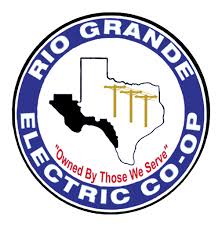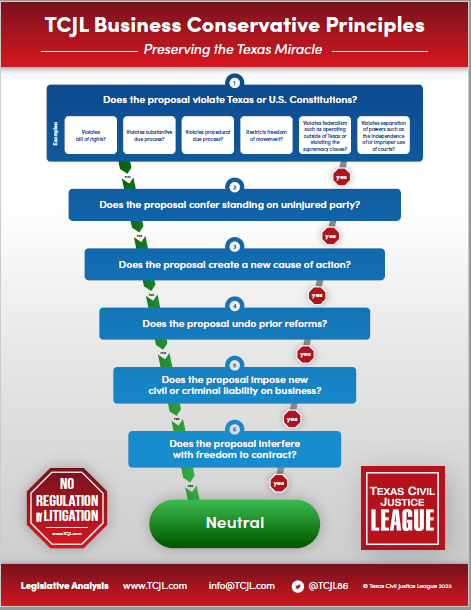 The Texas Supreme Court has granted review of a San Antonio Court of Appeals decision affirming a trial court judgment recognizing an electric co-op’s easement by estoppel for a power line upgrade.
The Texas Supreme Court has granted review of a San Antonio Court of Appeals decision affirming a trial court judgment recognizing an electric co-op’s easement by estoppel for a power line upgrade.
John P. Boerschig v. Rio Grande Electric Cooperative, Inc. (No. 24-0213, granted September 5, 2025; No. 04-22-00270-CV, January 17, 2024) arose from a dispute over ownership of an electric transmission line easement. Boerschig bought about 6,300 acres of land in Kinney County in 2022. An electric line traversed about 8,000 feet of the ranch, which Boerschig saw when he purchased it. A decade later Rio Grande started to upgrade the line. It located the purported easement across the ranch and sent it to Boerschig. He responded that the easement did not govern the original electric line. Rio Grande subsequently located a 1930 deed in which a former owner of the ranch conveyed the property to his wife, the wife’s 1947 will, and an easement executed by the wife’s independent executor (the Dooley easement) in the same year. Boerschig challenged Rio Grande’s contention that the Dooley easement authorized it to upgrade the original line, which involved installing taller 45-foot poles. He sued Rio Grande for trespass, seeking injunctive and declaratory relief and attorney’s fees. Rio Grade answered and asserted affirmative defenses of express easement, prescriptive easement, and easement by estoppel and sought attorney’s fees. A jury found that Rio Grande possessed an easement by estoppel and that the upgraded line did not exceed the scope of the easement. The trial court signed a judgment on the verdict and awarded Rio Grande $217,000 in attorney’s fees. Borschig appealed.
In an opinion by Justice Martinez, the court of appeals affirmed. To establish easement by estoppel, a claimant must show: “(1) a representation communicated, either by word or action, to the promisee; (2) the communication was believed; and (3) the promisee relied on the communication” (citation omitted). Borschig argumed that Rio Grande failed to establish the first element because the purported easement lacked a grantee and a valid property description, was not signed by a person with authority to sell the property, was not sworn, proved, or acknowledged, and was not recorded in the property records. Consequently, allowing the easement into evidence violated the statute of frauds. Rio Grande pointed out that SCOTX long ago held that the doctrine of easement by estoppel constituted an exception to the statute of frauds. The court agreed and ruled that the statute of frauds did not prevent evidence of the easement from coming in.
Borschig argued further that the executor Dooley was not the owner of the property and could not legally authorize the sale. He also contended that an easement by estopped must be based on an affirmative representation and not on mere silent acquiescence. The court rejected Borschig’s silent acquiescence argument, observing that it previously held that “permissive and acquiescing behavior by the owner of a servient estate can constitute actual representations” (citations omitted). And regardless of whether the executor had authority to sell the property (the court didn’t decide that), the jury could “have considered the Dooley easement as a representation from not only the independence executor of [the wife’s] estate, but also one of her heirs.” Coupled with the “acquiescing conduct of Dooley and the rest of [the wife’s] heirs is some evidence of the first element of Rio Grande’s easement by estoppel affirmative defense.” As to the second element, a “representation communicated,” the court held that its representative’s testimony about the maintenance and construction of the original line and the Dooley easement itself constituted “some evidence on which the jury may have found that Rio Grande both believed in and relief on the Dooley easement.”
Trying another tack, Borschig contended that an easement by estoppel does not apply to a subsequent purchaser for value without notice, even though he knew of the existence of the original line when he bought the land. The court rejected this approach as well, observing that the power line was open and obvious and provided at least some evidence that Borschig had notice of the easement. He further argued that the easement by estoppel failed as a matter of law because Rio Grande did not purchase the easement from Dooley, invoking the “vendor/vendee” rule. Consequently, Rio Grande had only “‘an easement in gross,’ which is personal and attaches only to the grantee.” The court responded that the lack of a vendor/vendee relationship did not preclude a party from “maintaining an easement by estoppel affirmative defense.” Here an easement clearly existed, and the heirs acquiesced in the construction of the original line in 1948 and its subsequent maintenance. Those facts constituted “some evidence of representation, which is more than silent representation.”
Borschig countered by arguing that although Rio Grande may have had authority for the original line and could perhaps establish an easement by virtue of its original investment that line, that authority didn’t extend to the new line. But, as the court noted, under this theory “utlities running along an easement that is established by estoppel may never be repaired, maintained, or upgraded because an easement by estoppel is limited to only the original expenditure.” There is no such “initial expenditure rule” of this kind. The court thus held that the evidence was legally sufficient to support the judgment that Rio Grande had an easement by estoppel across the power line route. The court then rejected Borschig’s charge error issue and upheld Rio Grande’s attorney’s fees under the UDJA
Oral argument has been scheduled for November 5.












